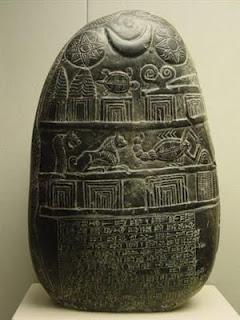The VoH image database reflects the spatial and temporal breadth envisioned in the project by collecting thousands of visual forms and formats of astral knowledge from Eurasian history of almost 6000 years. The collection includes calendars and other media, instruments, tables, objects of art or architecture with star constellations, planets, and other heavenly inhabitants or phenomena in anthropomorphic, zoomorphic, diagrammatic, or semiotic formats, as well as theoretical models.
A customized metadata scheme including identifiers of the objects, detailed descriptions of the themes they visualize, the places and time periods of the objects’ origin as well as the current holding institutions was designed to facilitate comparative research on processes of knowledge formation, exchange and transformation. It allows our international team of researchers to collaborate in reviewing and editing the data and resources, and thus ensures a highly curated collection. The virtual bringing together of objects, the focus on their life-cycles as well as a fine-grained visualization and statistical analysis of the data aims at challenging the histories that we tell about the places and times of humans making sense of the heavens above.
We enable research on the materiality of the heavens in different cultures, and on the alleged contexts from which these historical artifacts were created—their “Sitz im Leben.”

Babylonian kudurru or boundary stone from the second millennium BCE showing the solar disc, a crescent moon, an eight-pointed star and representations of Babylonian gods. © The Trustees of the British Museum, 102485

This sumptuous Daoist robe made in China in the second half of the 17th century is embroidered with 350 deities and immortals, including the Three Purities, the Three Celestial Worthies and the Jade Emperor. It was intended to be worn by Daoist priests in religious ceremonies. © Victoria and Albert Museum, London, Museum No: T.91-1928
Questions of interest are:
- What pictorial types were developed in different areas of Eurasia in antiquity?
- Which components of these pictorial types continued into new cultural and/or geographical contexts?
- What were the itineraries and conditions of travel?
- Who served as mediators, distributors, and translators?
- What is known about their educational, religious, political, linguistic, or artistic contexts?
- How did the pictorial types change with movements across space, time, and cultures?
- How can we interpret these changes and what do they tell us about cross-cultural exchanges of knowledge?
- What is the relationship between text and visual and material representation?

